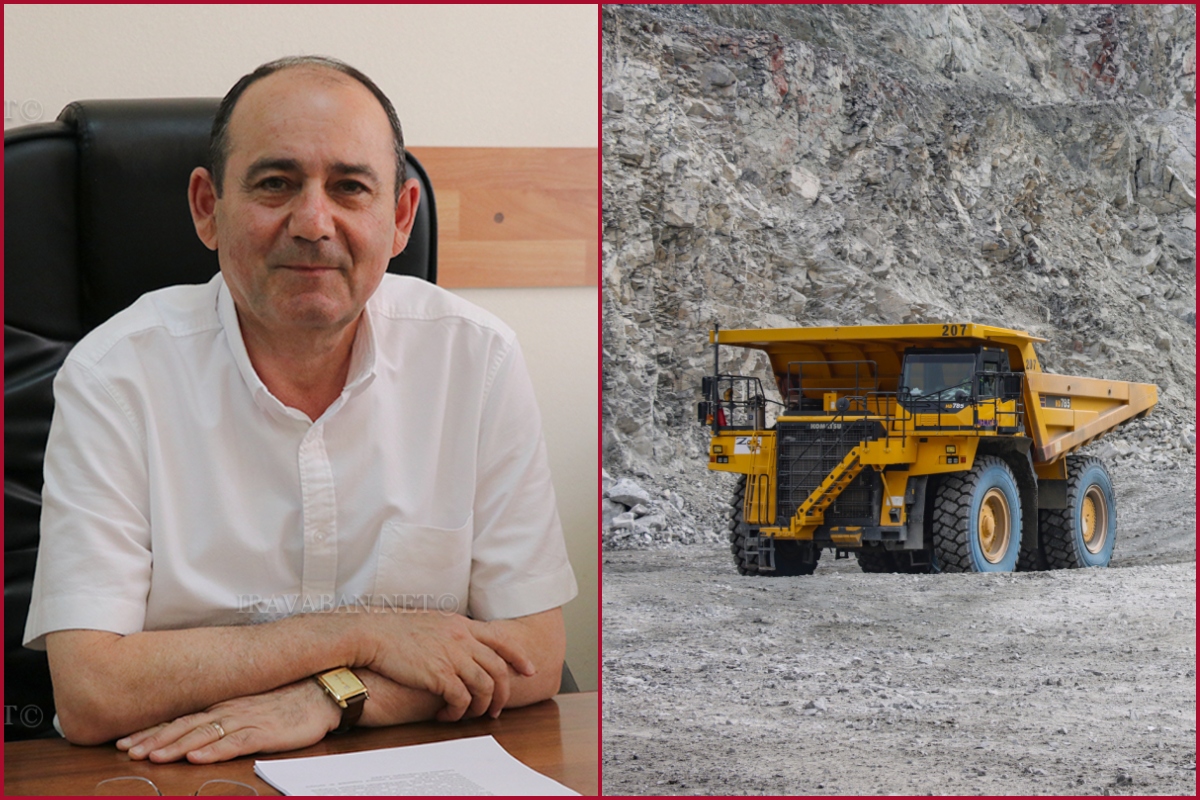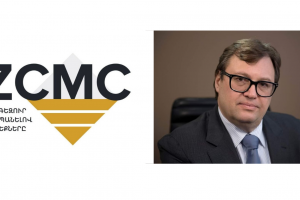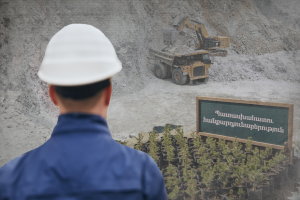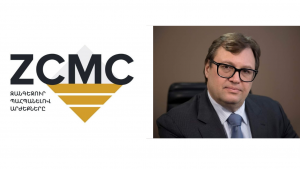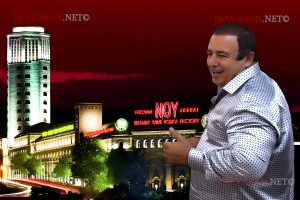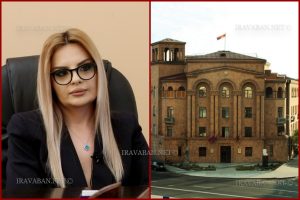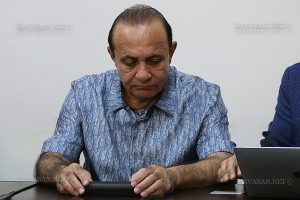“During the Post-Soviet period, the economy of Armenia underwent major structural changes, gradually transforming from an economy based on industry to an economy based on agriculture and trade. However, now the situation has changed thanks to the Zangezur Copper Molybdenum Combine, which operates the Kajaran mine,” Director of the Institute of Mining Metallurgy and Chemical Technologies of the National Polytechnic University of Armenia, Doctor of Technical Sciences, Professor Armen Hovhannisyan told Iravaban.net.
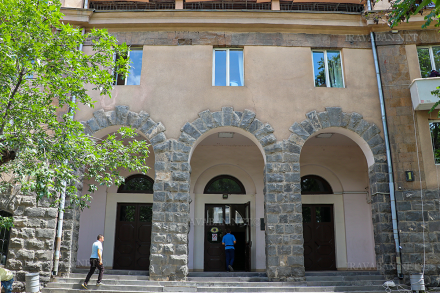 Among the 3 Transcaucasian countries (Armenia, Georgia and Azerbaijan), RA is the richest in solid minerals. A number of copper, lead, silver and gold mines have been exploited since ancient times, and in BC from the end of the II millennium, the iron mines also appeared.
Among the 3 Transcaucasian countries (Armenia, Georgia and Azerbaijan), RA is the richest in solid minerals. A number of copper, lead, silver and gold mines have been exploited since ancient times, and in BC from the end of the II millennium, the iron mines also appeared.
The main natural resources of Azerbaijan are natural gas, oil, non-ferrous metals, bauxites and iron ore. Ore and non-metallic minerals are concentrated in the mountains of the Lesser and Greater Caucasus, fossil fuels in the plains and the South Caspian basin.
“Currently, 900 mineral deposits are recorded in the RA state cadastre, including 43 metal, industrially important deposits of gold, silver, copper, molybdenum, zinc, lead and iron. 789 are non-metallic deposits, 44 are underground freshwater, 24 are mineral waters. It is the property of our people,” Hovhannisyan says.
80-90% of copper reserves found in the territory of the republic are concentrated in Kapan, Kajaran, Agarak mines. Currently, 7-8 mines are being exploited. 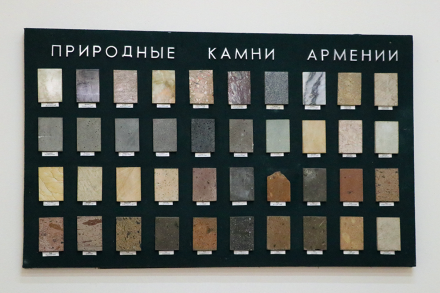
“Let me quote an excerpt from the work of the former Prime Minister of Armenia, Hrant Bagratyan, in which it is stated that the national wealth of Armenia is estimated at 91.8 billion US dollars, of which 15 billion (16.3 percent) are mineral resources, and 51 billion are human resources. 16.3 percent is quite an impressive number,” Armen Hovhannisyan says.
Our interlocutor mentions 2 important numbers as well. According to the data of the World Bank, Armenia’s mining industry is characterized by economic multipliers of 1.8 of GDP and 5.3 of employment. The mining industry accounts for approximately 6 percent of the RA’s GDP, and the number of employees is from 10 to 12 thousand people.
“If we use these coefficients, it will turn out that in GDP, as a multiplier effect, it will be 11 percent, and employment can reach up to 50-60 thousand people. This shows the importance of mining for our economy. Of course, ZCMC, which is one of the 10 largest mining enterprises in the world with molybdenum reserves, has its unique and important role in this. It is a very large enterprise that has a direct impact on the country’s economy,” Hovhannisyan notes.
Oil remains the main branch of Azerbaijan’s economy, followed by cotton, natural gas and agricultural products. More than $60 billion has been invested in Azerbaijan’s oil industry by international oil companies, the largest of which is British Petroleum.
Despite the rich oil and gas reserves, Azerbaijan’s economy is not considered developed today. It is not diversified and directly depends on the trends of the global oil market. Oil price fluctuations directly affect the country’s industry, state budget and chainwise the entire economy. The authorities of the country are constantly “betting” on oil and other natural resources, at the expense of which they mostly maintain the economy.
According to various publications, including the Organization of the Petroleum Exporting Countries (OPEC) and the Energy Information Administration (EIA) of the US Department of Energy, proven oil reserves in Azerbaijan currently amount to 7 billion barrels. According to the EIA data, Azerbaijan ranks 21st in the world with this index. According to the data of the World Bank, in 2019 foreign direct investments (net flows) in Azerbaijan amounted to 1.5 billion dollars. In recent years, investments in Azerbaijan have noticeably decreased, especially after 2016. Let’s note for comparison, that in 2016 foreign direct investments in Azerbaijan amounted to 4.5 billion dollars.
Azerbaijani opposition economists state that the Statistical Committee of their country falsifies macroeconomic data and does not show the current crisis problems. Even in the case of falsification, the statistics cannot hide the decline.
On the one hand, the country’s authorities hide the real picture of the economy with statistical tricks, on the other hand, they assure the public that the natural resources they have, particularly oil, will be enough for them for at least several decades.
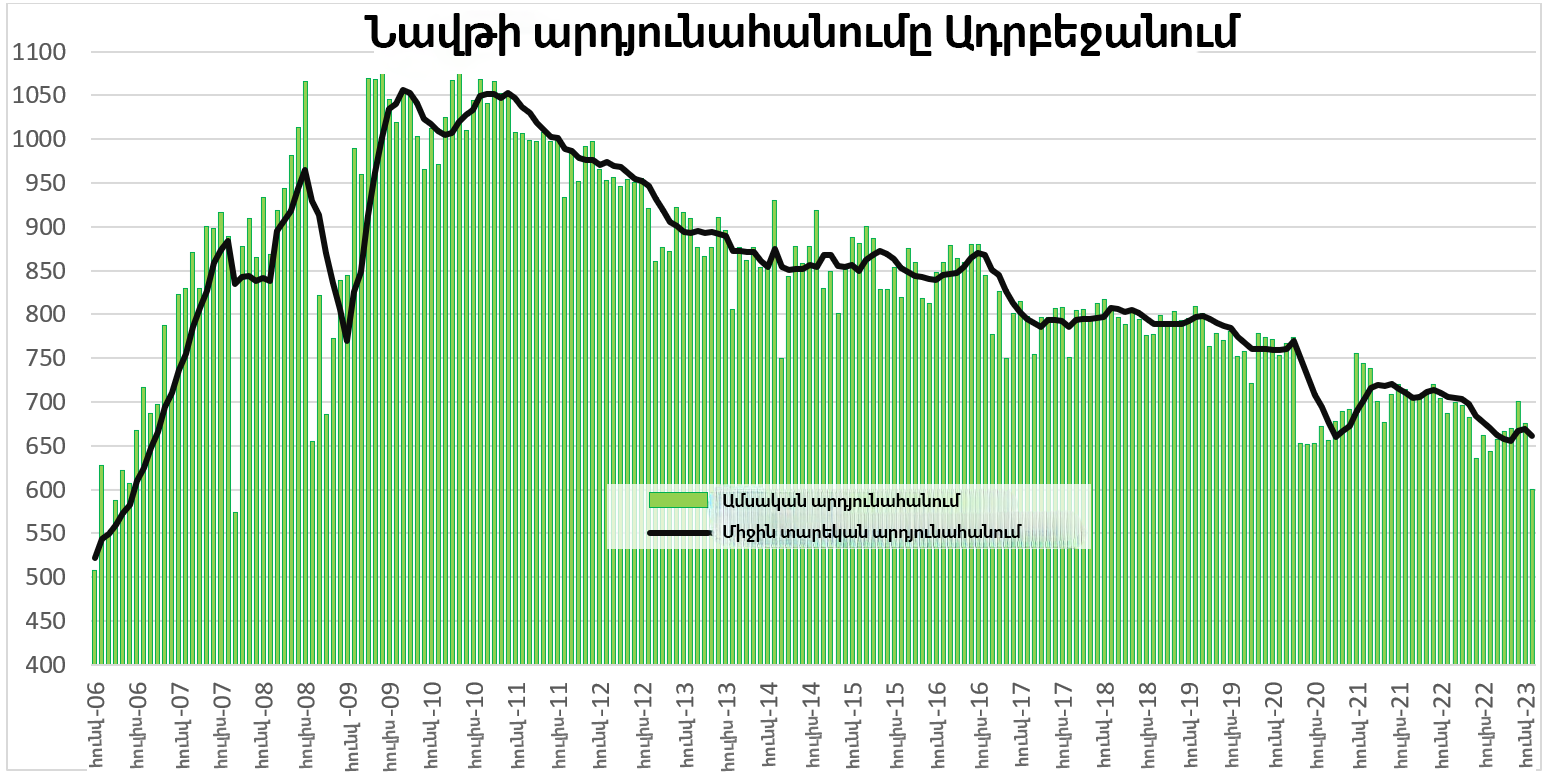
On the other hand, Armen Hovhannisyan believes that Armenia can use its subsoil and make it the driving force of the economy. “I am a supporter of industrial Armenia.”
“Recently, Azerbaijan’s attacks on the Armenian mining sector prove what I said, that mining is the sector that can become a real direction of economic development, which the latter want to attack. I have been in Baku for many years, the Caspian Sea has become so polluted that its coastal regions smell of oil. The situation is the same now. It would be good for them to deal with it. The environment knows no boundaries, and their actions can affect us as well. Oil is considered the most polluting in the world because it is liquid and Armenia has only solid minerals. By the way, out of the 3 Transcaucasian countries (Armenia, Georgia and Azerbaijan), Armenia is the richest in solid minerals,” Armen Hovhannisyan notes.
“The subsoil can become the driving force of the development of the economy of Armenia: the resource is ours, we have human and natural resources. We also have modern technologies, if you visit ZCMC or Teghut combine (perhaps there are no such combines in the region). They are brilliant enterprises with digital technologies and equipment.
With all the positives, the profit generation in the IT sector is low and can be shifted: today in the RA, tomorrow in another place, but the mine cannot be move from here.
I see this future for the RA, because it had happened once,” Armen Hovhannisyan says.

